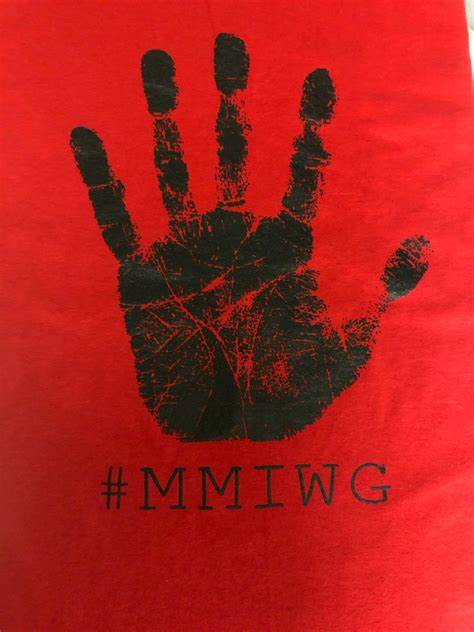Rubin Observatory Just Found Over 2,000 New Asteroids — And That’s Only the Beginning
On Monday, June 23, things got surprisingly emotional during a live event from the Vera C. Rubin Observatory. As soft background music played, a video showed tiny white specks moving across a dark screen. Those dots were asteroids — brand new ones — discovered by Rubin’s powerful telescope. And for the people watching, it felt like witnessing something truly important.
Why? Because in just a few nights of observing the sky, the Rubin team found 2,104 previously unknown asteroids, including seven near-Earth objects (don’t worry — none are heading our way). Considering that around a million asteroids are currently known, Rubin could increase that number to five million in just a few years.
“This is five times more than all the astronomers in the world have discovered in the last 200 years,” said Željko Ivezić, one of Rubin’s top scientists. “We can do what took two centuries in just a few years.”
And there’s something else that makes these asteroid discoveries even cooler: They can be turned into movies.
Meet Rubin: A Giant Eye on the Sky
The Vera C. Rubin Observatory is located on a mountain in Chile. It has the largest digital camera ever built for astronomy and is designed to scan massive sections of the night sky — fast.
For example, one of its first images showed hundreds of glowing galaxies, some shaped like spirals and colored a dreamy lavender. But that picture was only 2% of what Rubin can actually see.
Rubin’s mission is to take these huge, detailed images every three nights for at least the next 10 years. This makes it perfect for spotting tiny, fast-moving things like asteroids.
“We make movies of the night sky to see two things: objects that move and objects that change brightness,” Ivezić explained. Stars move slowly, but asteroids move quickly — and Rubin can catch them in action.
In fact, the observatory’s software can remove asteroid streaks from galaxy images — but it can also highlight them, so astronomers can focus on them more closely. That’s super helpful, since asteroids often disappear after just one picture is taken.
Rubin can track them with amazing detail. By combining several images into one, the observatory shows asteroid trails in different colors. These colors represent the different times and angles the camera took pictures. Put those together, and you can make a short film showing how an asteroid moves across the sky.
Why It Matters: Planetary Defense
This isn’t just exciting for scientists — it could also help protect Earth.
In recent years, there’s been more focus on planetary defense — figuring out how to stop an asteroid if one was ever headed our way. NASA’s DART mission, which crashed a spacecraft into an asteroid to test if its path could be changed, made headlines around the world.
There was also worry earlier this year about Asteroid 2024 YR4, which briefly seemed like it might hit Earth (it won’t). And in May, U.S. lawmakers even held a hearing about asteroid safety.
All of this shows that having a high-tech asteroid tracker like Rubin is a huge win for science and safety.
To show what’s still ahead, Ivezić shared a simulation: a blue donut-shaped ring of dots, each one representing a predicted asteroid. Rubin’s new discoveries so far are just from one thin slice of that donut. As the observatory continues scanning, it’s expected to uncover millions more.



